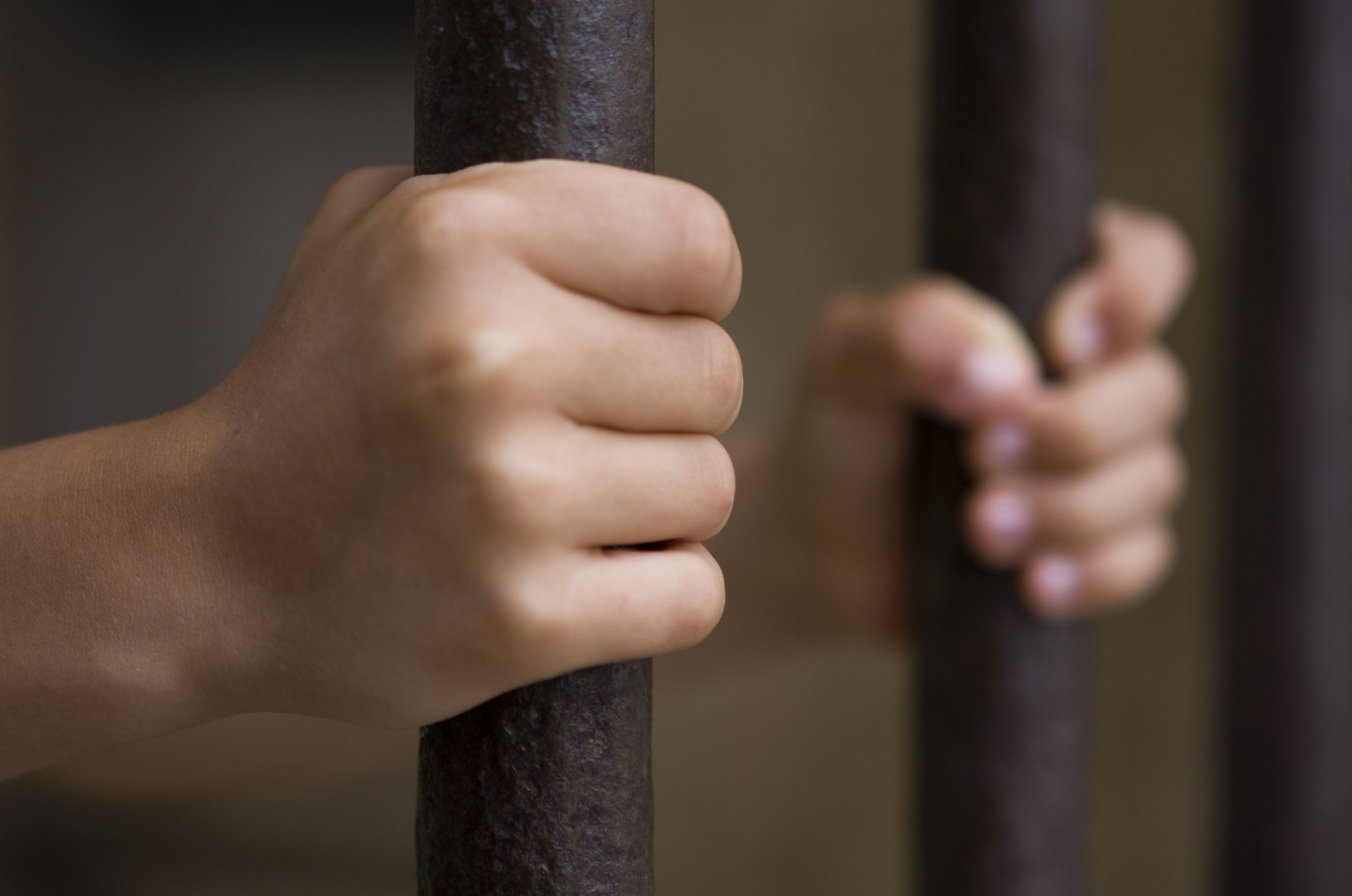In mid-August, the U.S. Department of Justice announced that it would start phasing out its contracts with companies that run private prisons in light of disturbing reports of poor medical care, overcrowding and other abuses in their facilities. Although the issue has taken center stage in the debate over mass incarceration, it overshadows and distracts from the actual problem: the prison-industrial complex, which affects government-run prisons in a much more troubling way, and for many more inmates.
This has been clear in California, where the private prison debate has been particularly intense after the state decided to continue to contract with prison companies despite the DOJ announcement. With approximately 9,000 inmates currently serving time in private facilities, this decision has enraged the opposition, but, in the process, also inflated the role of private prisons in mass incarceration.
There have been several examples of this misplaced outrage. Senate Bill 1289, legislation currently on its way to Gov. Jerry Brown’s desk, condemns private prisons and would prohibit immigrant detainees from being held in private facilities. Even the University of California faced enough pressure from Black Student Unions and the Afrikan Black Coalition (ABC) to sell off its investments in private prisons. Yoel Haile, the political director for the ABC, expressed the group’s opinion in an email, stating that, “It is morally corrupt for corporations to exist whose sole source of profit is the caging of human beings en masse.”
Haile’s comment demonstrates just how profoundly this overblown outrage over private prisons misses the point. Government-run, public prisons operate off the same perverse and monetary incentives to lock up human beings, but do so for more inmates and with much more at stake.
We don’t even have to leave California to get a glimpse of the perverse incentives at work in filling government prisons. The California Correctional Peace Officers Association (CCPOA) represents approximately 30,000 California prison guards and parole officers. The union wields tremendous power over criminal justice policy, much more than private prison companies, and for nearly 20 times the inmates. While we are worried about private companies’ profit incentive to increase prison populations, shouldn’t we be infuriated about an organization that has job security, salaries and political influence hanging in the balance?
First, the CCPOA is interested in preserving jobs, generous benefits and salaries for the men and women working “the toughest beat in California.” The latest union agreement reached between the state and the CCPOA secured a 9 percent salary increase over three years. This might sound modest, but when you take into account that union members can earn more than $100,000 a year with overtime, it is a lot of money. Next year, union members will also count on the state to contribute $19 million to their vision and dental benefits, as well as pay them a fitness and clothing allowance.
Not only does CCPOA have 30,000 generous paychecks on the line, it also exercises tremendous political influence. This is shown by the vital role the union has played in passing the state’s toughest criminal justice laws, therefore exhibiting their shared incentive with private prisons to cage “humans beings en masse.”
Over the last 20 years, the CCPOA has contributed over $24 million to lobbying efforts and candidates. For comparison, GEO Group, a leading private prison company criticized for their role in increasing prison populations, spent only $5 million over the same time period.
And, the activities of the CCPOA are aimed squarely on tougher sentencing laws, therefore preserving the prison-industrial complex that allows them to exist. The union, for example, spent over $100,000 to implement the original Three Strikes Law. More recently, it spent $1 million to defeat Proposition 5, which would have reduced sentences for nonviolent crimes, shifting the focus to rehabilitation for nonviolent drug offenders.
While the case of private prisons gives public officials a contained and clean narrative to sell the general public about mass incarceration, it isn’t the whole story. Ricardo Lara, who introduced SB1289 to combat private prisons, pocketed contributions from CCPOA. If our goal is sensible criminal justice reform, we must look at the whole picture, which includes the state’s role in causing and perpetuating mass incarceration.







